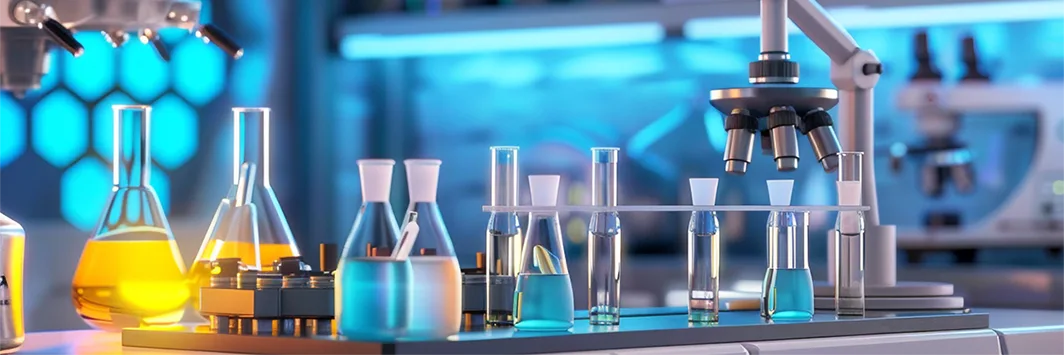Fontes do Artigo
MedlinePlus Medical Encyclopedia. Acetaminophen overdose. Available online at http://www.nlm.nih.gov/medlineplus/ency/article/002598.htm. Accessed August 2010.
MedlinePlus Drug Information. Acetaminopen. Available online at http://www.nlm.nih.gov/medlineplus/druginfo/meds/a681004.html. Accessed August 2010.
MayoClinic.com. Acetaminophen. Available online at http://www.mayoclinic.com/health/drug-information/DR601885 through http://www.mayoclinic.com. Accessed August 2010.
ARUP Lab Tests. Acetaminophen. Available online at http://www.aruplab.com/guides/ug/tests/0090001.jsp through http://www.aruplab.com. Accessed August 2010.
Dart, R. et. al. (© 2006). Acetaminophen Poisoning: an Evidence-Based Consensus. Guideline for Out-of-Hospital Management. Clinical Toxicology 44:1-18, 2006 [On-line information]. PDF available for download at http://www.aapcc.org/archive/FinalizedPMGdlns/APAP%20-%20final%20guideline%209.9.05.pdf through http://www.aapcc.org.
Wu, A. (© 2006). Tietz Clinical Guide to Laboratory Tests, 4th Edition: Saunders Elsevier, St. Louis, MO. Pp 1238-1239.
Clarke, W. and Dufour, D. R., Editors (© 2006). Contemporary Practice in Clinical Chemistry: AACC Press, Washington, DC. Pp 470-471.
Tietz Textbook of Clinical Chemistry and Molecular Diagnostics. Burtis CA, Ashwood ER, Bruns DE, eds. St. Louis: Elsevier Saunders; 2006, Pp 1807, 1304-1305.
Henry’s Clinical Diagnosis and Management by Laboratory Methods. 21st ed. McPherson R, Pincus M, eds. Philadelphia, PA: Saunders Elsevier: 2007, P. 316.
Kasper DL, Braunwald E, Fauci AS, Hauser SL, Longo DL, Jameson JL eds, (2005) Harrison’s Principles of Internal Medicine, 16th Edition, McGraw Hill, P. 1840-1841.
Wu, A. and McKay, C., Editors (© 2003). Recommendations For The Use Of Laboratory Tests To Support Poisoned Patients Who Present To The Emergency Department. The National Academy of Clinical Biochemistry Laboratory Medicine Practice Guidelines, SECTION IV. Recommendations on Laboratory Assays for Other Toxicants as Causes of Poisonings: A. “Universal” acetaminophen and salicylate screening [On-line information]. Available online at http://www.aacc.org/SiteCollectionDocuments/NACB/LMPG/toxicology/emergency_lmpg.pdf#page=28 through http://www.aacc.org. Accessed August 2010.
Pagana, K. D. & Pagana, T. J. (© 2007). Mosby’s Diagnostic and Laboratory Test Reference 8th Edition: Mosby, Inc., Saint Louis, MO. Pp 361-364, 684-685.
(Sept 23 2009) Farrell S. Toxicity, Acetaminophen: Treatment and Medication. Medscape article. Available online at http://emedicine.medscape.com/article/820200-treatment through http://emedicine.medscape.com. Accessed August 2010.


